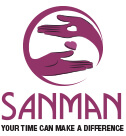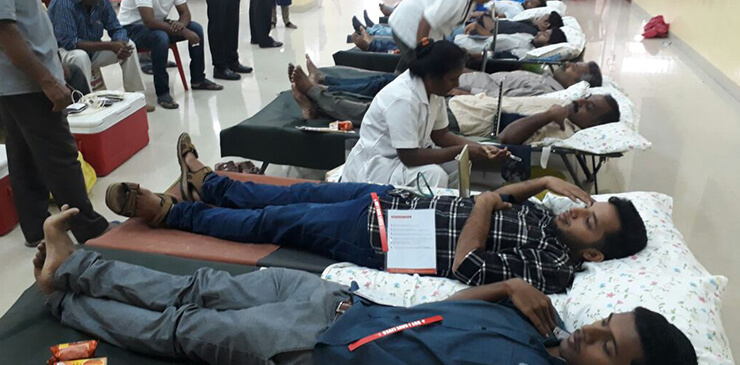Sanman is deeply involved in the lives of the children residing in the Kapur Ward. Kidwai Memorial’s Kapur Ward provides a customized space for children diagnosed with cancer. The little angels, as the children are fondly called, have one pressing need among others- the need for blood. Regular donation is the only solution to the blood needs of these angels. Here’s the breakdown.
According to World Health Organisation, in countries like India, about 65% of the total blood transfusions are directed at children below the age of five.
This blood serves the needs of children who are diagnosed with cancer, HIV/AIDS or are victims of accidents, blood loss or any such factor.
There are eight kinds of Cancer most common in children. The leading kinds are Leukaemia and Brain and other Central Nervous Tumours. The blood requirements for these children vary.
Whole Blood, in itself, is divided into Red Blood Cells, Fresh Frozen Plasma, Platelets and Cryoprecipitate. White Blood cells and their complex classifications also form a part of Whole Blood.
Of this Whole Blood, children diagnosed with cancer require Platelets as their platelet count often drops below the recommended minimum.
Platelets are hence divided into Random Donor Platelet (RDP) and Single Donor Platelet (SDP). The distinction is based on the method of donation.
SDP is derived through a lengthy process from a very healthy donor whose veins are prominent. One can donate SDP once every 14 days. It directly collects Platelets from the donor’s body.
RDP is derived from Whole Blood when one donates blood normally. All blood components are collected from the donor. About 450 millilitre of blood is collected at a time. One can donate only four times a year with a gap of 3 months between each donation.
At Kidwai, RDP is used extensively for children.
However, RDP is not collected separately but is segregated from Whole Blood that the donor donates. This process takes an entire day.
Mr. Chandy, a veteran volunteer said, “This is why you cannot donate platelets immediately. If donors donate regularly, platelets will be available when needed.” True to his word, regular donation is the need of the moment. Donors who donate regularly ensure t a consistent supply of platelets.
The significance of platelets in the treatment of children diagnosed with cancer cannot be ignored. Often, the platelet count of children who undergo chemotherapy falls way below the required minimum to a mere 20,000. At this point, children experience bleeding from the nose and can enter a comatose state if platelets are not supplied when needed.
Regular donation is hence, encouraged. Donating blood will take only about an hour or two of your time, prepping and after-donation procedures considered. Further, the whole process is absolutely safe for the donor and the recipient. Requirements for whole blood donations are relatively simpler and one is eligible if he or she is between the age range of 18 to 60, is above 45 kg and has a haemoglobin level of 12.5mg/Deci-Litre at the time of donation. Further requirements will be discussed by the technicians.
Further, if one can arrange about 50 donors at any school, college, organisation or colony in Bangalore, the Kidwai Blood Bank will send their van with a doctor and at least two technicians for the Camp.
It’s an easy feat if one puts his mind to it. Ultimately, it saves life.
– By Elishia Sabrina Vaz, Sanman Volunteer and Journalism Student

